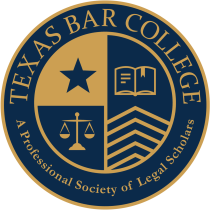EEOC Proposes Updates To Conciliation Process And Right To Sue Language
/The EEOC has recently finalized internal changes to its conciliation process and is requesting feedback on additional proposed changes to their process. “Conciliation” is the informal and confidential effort to resolve process that the EEOC uses to resolve some of the claims filed with the agency by employees.
In a Oct. 9 Notice of Proposed Rulemaking the commission proposed providing charge respondents: (1) a summary of the facts and non-privileged information the Commission relied on in its reasonable cause finding and the criteria identifying potential class members; (2) a summary of the Commission's legal basis for finding reasonable cause; (3) the basis for any relief sought; and (4) identification of a systemic, class, or pattern or practice designation. Respondents will then have 14 calendar days to respond to the initial conciliation proposal. These changes would expand the amount of information given to employers during the conciliation process, giving them more information about the facts developed by the agency during its investigation.
Also, in an Oct. 15 final rule, the EEOC announced it is amending its procedural regulations to explicitly provide for digital transmissions of documents, to clarify the process for deferral to state and local agencies [and] to update no cause determination procedures." The change to so-called “no cause” determination language in Right to Sue letters would change the language in such Right to Sue Letters to read:
“The EEOC issues the following determination: The EEOC will not proceed further with its investigation, and makes no determination about whether further investigation would establish violations of the statute. This does not mean the claims have no merit. This determination does not certify that the respondent is in compliance with the statutes. The EEOC makes no finding as to the merits of any other issues that might be construed as having been raised by this charge.”
This is far better than the current language for such Right to Sue letters, which many have argued falsely implied that the EEOC had thoroughly investigated the Charge and found no evidence of discrimination.









